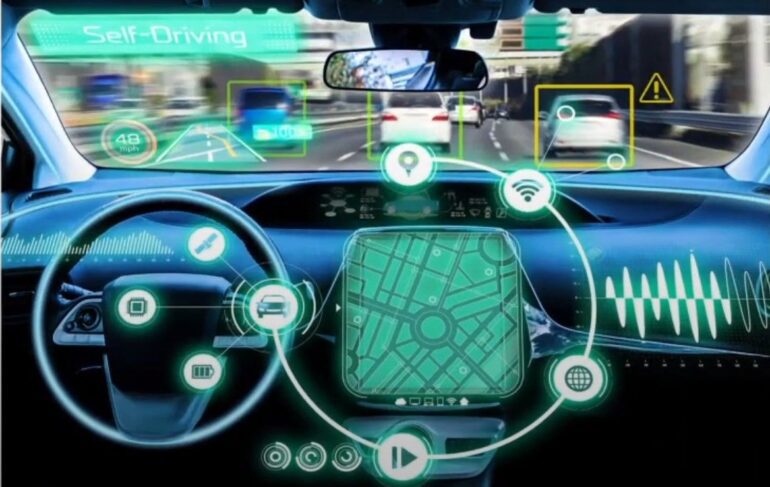TL;DR:
- Autonomous driving research is at a pivotal juncture, with groundbreaking advancements in AI and machine learning propelling the field forward.
- Challenges in perception, decision-making, and adaptability are being overcome, thanks to collaborations between academia, industry, and regulatory bodies.
- Slow inference time remains a hurdle for transformer-based models in computer vision and NLP applications like autonomous vehicles.
- Mr. Apoorv Singh’s research has achieved real-time deployment of computation-hungry transformer models on autonomous cars, reducing inference time by 63%.
- Confidence in the future of autonomous vehicles is growing, promising a transformative era of self-driving transportation.
Main AI News:
The landscape of autonomous driving research stands at a critical crossroads, with momentous strides in artificial intelligence (AI) and machine learning propelling the field into uncharted territories. Researchers are determined to forge ahead, with safety, efficiency, and real-world applicability at the forefront, surmounting challenges in perception, decision-making, and environmental adaptability. The collaboration between academia, industry, and regulatory bodies plays a pivotal role in shaping the future of transportation, heralding a revolutionary era of self-driving vehicles that will redefine commuting and interaction with our environment.
Deploying cutting-edge technologies on edge devices such as autonomous vehicles is no mean feat. The very foundation of modern technology, including our beloved Chat-GPT, relies on the Transformers architecture in machine learning. However, the issue of slow inference time has long plagued the fields of computer vision (CV) and natural language processing (NLP), along with other sequence-to-sequence tasks. Transformers, especially large-scale models like BERT, GPT-3, and their variations, boast remarkable performance in various NLP tasks. Yet, their computational complexity and memory demands have hindered real-time applicability in time-sensitive or interactive applications. Addressing the challenge of slow inference time is pivotal in making transformer-based models more practical and accessible for real-world applications like autonomous vehicles and social robots.
A momentous breakthrough emerges from the latest research led by Mr. Apoorv Singh, a visionary Machine Learning Scientist at an autonomous vehicle company. Mr. Singh and his team have achieved the remarkable feat of deploying a computation-hungry transformer model in real-time on autonomous cars. Their research encompassed practical and theoretical hypotheses that significantly scaled down the inference time of the Transformers-based Computer Vision model by an impressive 63%, all while maintaining detection performance.
The findings from this groundbreaking research were presented at the Autonomous Driving session of the prestigious IEEE CVPR conference in Vancouver, Canada, in July 2023. Mr. Singh, an esteemed robotics graduate from Carnegie Mellon University, boasts an impressive portfolio, including multiple patents and research articles on the convergence of Artificial Intelligence and Autonomous Vehicles. His expertise has made him a sought-after keynote speaker and panelist at various IEEE conferences in the United States.
Confidence abounds in the future of autonomous vehicles, buoyed by this and numerous other recent developments. It is now evident that self-driving transportation is rapidly advancing, edging ever closer to becoming a tangible reality, promising to usher in a transformative era of transportation.
Conclusion:
The significant breakthroughs in AI research have set the stage for a profound transformation in the autonomous vehicle market. With improvements in real-time processing and reduced inference times, the prospects for widespread adoption of self-driving transportation have never been brighter. Businesses operating in this sector should closely monitor these advancements and seize the opportunities that arise from the emerging era of autonomous vehicles. Early adopters of these cutting-edge technologies will gain a competitive edge in shaping the future of transportation and revolutionizing the way we interact with the world through autonomous vehicles.

